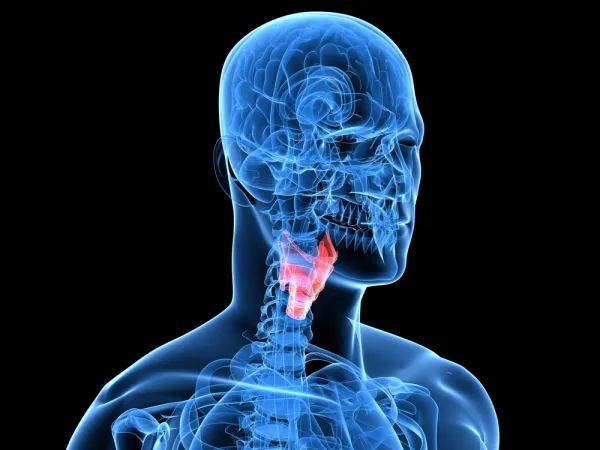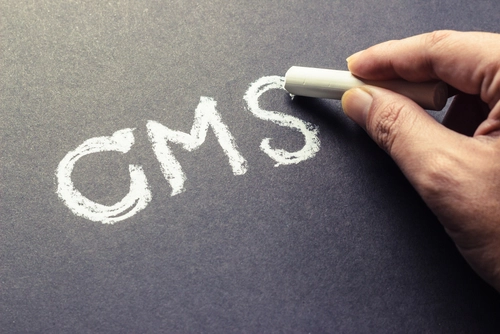General Surgery Coding Alert
Use 43284-43285 for Esophageal Sphincter Augmentation Device
Look for deleted ‘emerging technology’ codes.
If your surgeon performs a laparoscopic procedure to place or remove a device that augments the function of the Lower Esophageal Sphincter (LES), you’ll have two new codes to describe the procedures in CPT® 2017.
Read on for a look at the new codes, and the deleted codes they replace, to help you use them correctly beginning January 1.
Move On From Category III Codes
CPT® 2017 deletes the following two codes:
These are Category III codes, which means they were temporary codes used to allow for data collection specific to emerging technology, services or procedures. Now CPT® has accepted these procedures for placement in the Category I section in 2017 as follows:
Understand the Device and Procedures
The sphincter augmentation device is a series of magnetic beads linked by a wire that encircle the esophagus just below the LES in such a way that it can expand and contract. The device is calibrated to the appropriate diameter and magnetic resistive force for each individual patient’s needs, so that the sphincter may “open” when the patient swallows or expresses gas or vomit, but remains closed under normal conditions to halt reflux of stomach contents into the esophagus.
The laparoscopic surgical approach is to the anterior gastroesophageal junction, preserving the phrenoesophageal ligament and freeing the left crus from the posterior gastric fundus to create a tunnel between the posterior vagus nerve and the posterior esophageal wall. The surgeon then inserts and removes a sizing tool, followed by introducing the sphincter augmentation device through the posterior tunnel and securing the ends together on the anterior surface of the esophagus. If the patient has a hiatal hernia of up to 3 cm, the surgeon will repair the opening by approximating the crura with stitches.
“Because the 43284 code definition states, ‘including cruroplasty when performed,’ you should not separately bill a hiatal hernia repair code for stitching the crura to close the small hiatal hernia,” says Marcella Bucknam, CPC, CPC-I, CCS-P, CPC-H, CCS, CPC-P, COBGC, CCC, internal audit manager with PeaceHealth in Vancouver, Wash.
Removal is different: If the surgeon later removes the esophageal sphincter augmentation device for any reason, you should report the service as 43285.
Look for Indications and Medical Necessity
The primary indication for placing an esophageal sphincter augmentation device is Gastro-Esophageal Reflux Disease (GERD). This is a condition caused by an inadequate LES that repeatedly allows stomach acid to back-flow into the esophagus, resulting in heartburn and possibly changes to the esophageal lining that may lead to cancer.
Not first treatment: Currently, many carriers will pay for a surgical intervention for GERD only if the patient does not get adequate relief from medical therapy with proton pump inhibitors (PPIs) to reduce the production of stomach acid.
When surgery is indicated, the gold-standard has been a surgical fundoplasty such as Nissen fundoplication. This procedure involves “wrapping” a portion of the stomach around the gastric fundus to halt reflux. These tend to be fairly invasive procedures, and the down side can be that the sphincter no longer functions for escaping gas or vomit, called gas-bloat syndrome.
The esophageal sphincter augmentation device is a newer technology and procedure intended to solve the problem of LES inadequacy, and thus, GERD, without a more extensive surgical procedure and significant side effects involved with fundoplasty.
Because the augmentation device procedure is an emerging technology, insurers might not yet cover the procedure, or might have strict guidelines for patient’s to qualify.
Expert tip: As with any newly introduced technology, you might want to have your billing/coding staff talk with the equipment manufacturer representative about diagnostic indicators, and to obtain a copy of the FDA certificate, which all devices require before they can be used in the clinical setting. You might want to drop these claims to paper and send a copy of the FDA certificate with the claim to let the payer know that the procedure is not “investigational.”
Check ICD-10: You have two diagnosis codes to choose from for patients with GERD, as follows:
Related Articles
General Surgery Coding Alert
- CPT® Update:
Use 43284-43285 for Esophageal Sphincter Augmentation Device
Look for deleted ‘emerging technology’ codes. If your surgeon performs a laparoscopic procedure to place [...] - CPT® 2017:
Angioplasty Update Means Out With the Old, In With the New
Don’t distinguish new codes by open or percutaneous. You need to relearn how to code [...] - E/M Briefing:
Tighten Encounter Documentation to Ethically Maximize Pay
Audit-protect your claims. If you or your surgeons get lazy and always report the same [...] - You Be the Coder:
Capture Distinct FNA Sites
Question: Our surgeon performed an FNA on a palpable 2 cm nodule of the right thyroid [...] - Reader Question:
Beware Modifier 'Solutions'
Question: When we see a claims denial in our practice, some of our staff is quick [...] - Reader Question:
Bundle RS&I With UFE
Question: Our surgeon performed a diagnostic CT angiography with contrast for a patient with suspected fibroids, [...] - Reader Question:
Don't Let PICC Line Removal Fool You
Question: When our surgeon replaces a PICC line, we report 36584, but I don’t see a [...] - Reader Question:
'Extensive Undermining' Points to Repair Choice
Question: A patient presented with a deep, ragged, debris-filled wound on her abdomen from falling onto [...]




